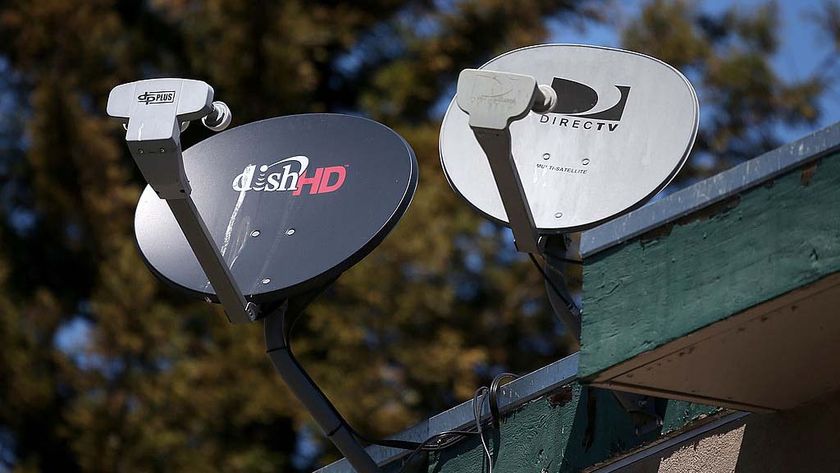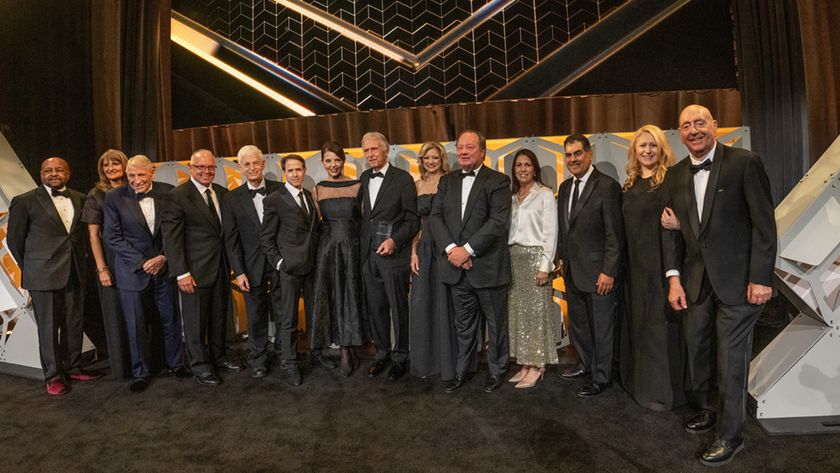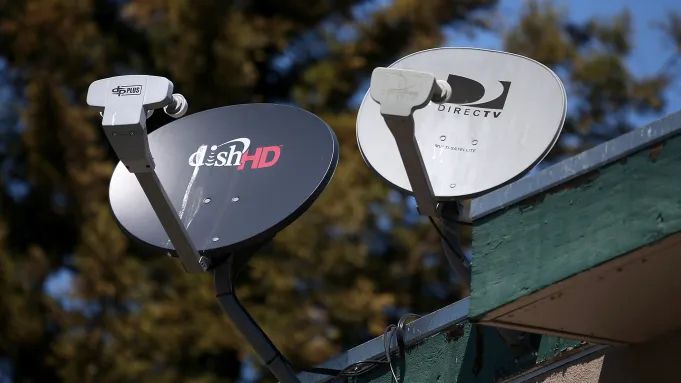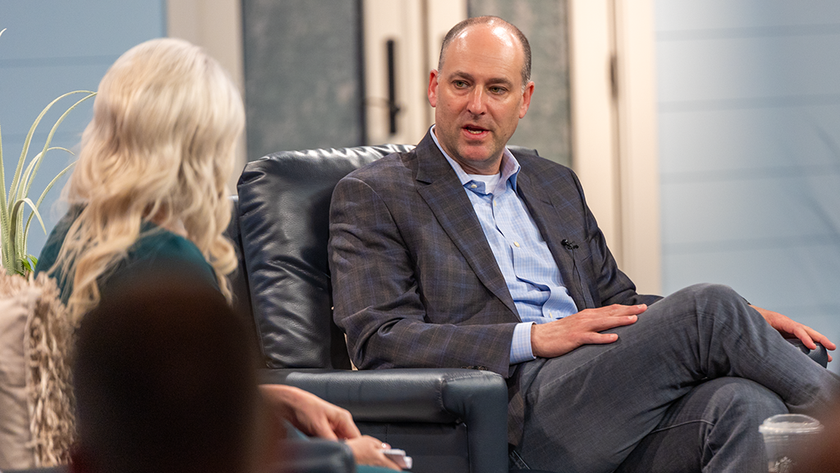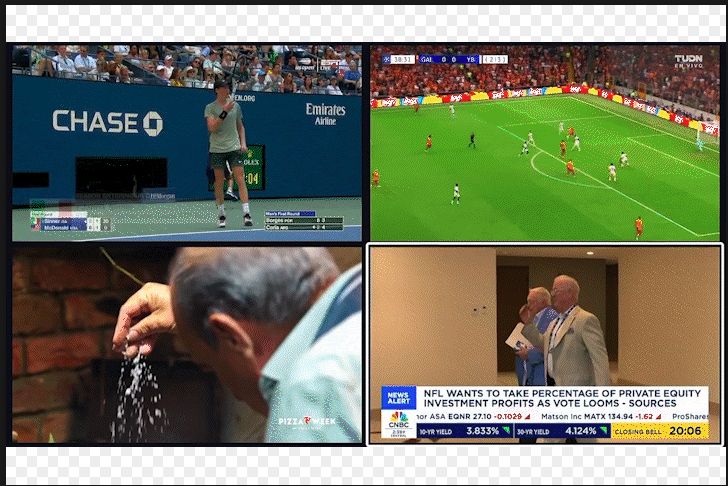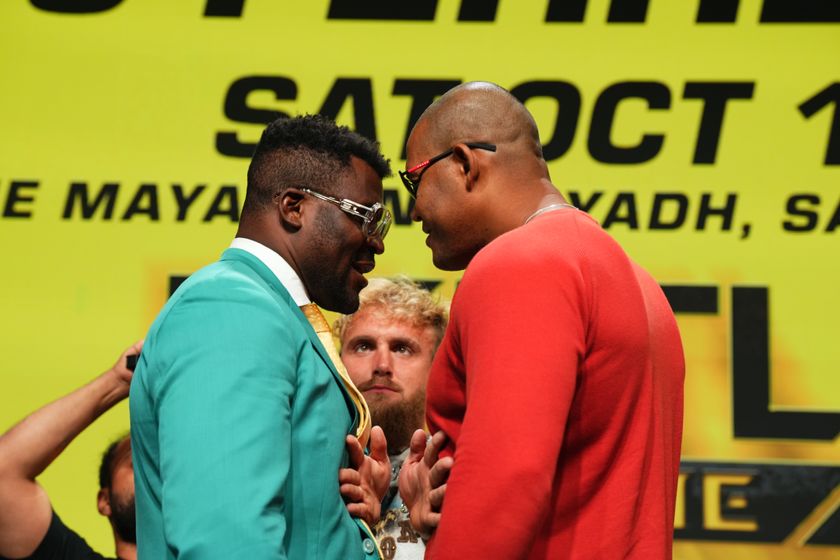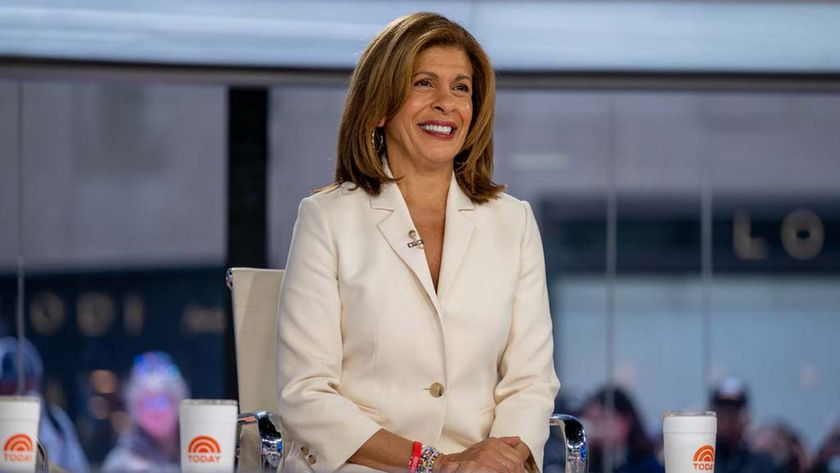Imagining the Video Possibilities

The pay TV sector and overarching video marketplace are shifting rapidly as business models morph and consumers demand new ways to access their content at home and on the go. Bottom line: There’s a lot of change going on. And, in many ways, that’s just how Imagine Communications CEO Charlie Vogt likes it.
“If you want to run and manage a steady-state company, you should probably go manufacture bread or flour,” said Vogt, who has led Imagine through a steady stream of corporate alterations and acquisitions since taking over the company about two years ago (see “A Timeline of Change,” next page).
A top priority has been positioning Imagine for this change, as traditional pay TV operators continue to expand the use of cloud-based distribution architectures that underpin growing TV everywhere offerings and budding network-based DVR products, and prepare for a day that will likely see cable operators become increasingly competitive with one another by marketing and selling video services beyond their traditional footprints.
Next TV editor Jeff Baumgartner spoke with Vogt about what’s next for Imagine and how that will factor into the other big turns and twists that are still out on the horizon.
NTV: You’ve been making a lot of acquisitions to address and round out the IP capabilities you’re going to need. Are there other gaps you need to fill, or is your flurry of M&A activity over?
Charlie Vogt: There’s a lot of fragmentation in the space. For us, there’s certainly opportunities every day to look at things, but we don’t really have anything on our radar right now. I think between what we’ve done now and the roadmap that we have in place that we’ve got everything that we need.
There’s nothing out there now where we are saying, “We need to fill that gap.” But I think if we did anything on the M&A side, it would be something really big.
Broadcasting & Cable Newsletter
The smarter way to stay on top of broadcasting and cable industry. Sign up below
NTV: I’m sorry to tell you that Cisco’s set-top box isn’t there for you anymore. [Technicolor is in the process of acquiring Cisco Systems’ customer premises equipment business for $600 million.]
CV: The reason it’s not there is because of guys like us, and they know it. We’re replacing all of the set-top box business with cloud DVRs. That whole in-the-house DVR functionality is eventually going to go away. You’ll just have a simple router at your house and everything else, all of that other functionality, is going to be in the cloud, which is going to give people more flexibility on how they can use the various services.
NTV: Is that why we’re seeing so much consolidation in the set-top market — the margins are thin and it’s a declining market, so you need a lot of scale to make the business work?
CV: One of the things I’ve learned over the years in buying companies, it’s really hard to cannibalize your own technology. A lot of companies have to do it — you’re the incumbent and you know one technology is going to be replaced by another and you want to be part of it. The hard part is making up for that lost revenue while that cannibalization is going on. In [Cisco’s] case, they had a very significant set-top box business and the cloud market is going to take longer to replace all of that revenue.
And you’re in a tough place when you’re trying to cannibalize your own products with the customer commercially. The customer is saying, “We expect you to do X, Y and Z with the installed base, if you want our business on the new stuff.” If all you have is the next-gen stuff, you don’t have the leverage, but you also don’t have the exposure. It’s actually a lot easier to come in as the next-gen player, replacing the old stuff without the baggage.
I remember going through the whole TDM-to-IP evolution [as CEO of Genband after Genband bought key Nortel Networks assets in 2010] and we had a lot of the [time-division multiplexing] gear. The carriers were making us put in place a lot of pricing concessions, whether it was maintenance on the old stuff, if we wanted the IP business. That’s compared to someone who didn’t have all of the TDM technology; [the carriers] didn’t have the same leverage.
If Cisco wants to participate in some fashion on the whole-cloud DVR, we’re actually trying to get them to see if there’s a unique partnership with us. The reality is, it’s going to be easier for them to attack it if they don’t have all of that baggage.
NTV: Is there any interest in pursuing an IPO at some point? Is the business consistent enough to consider it?
CV: We’re owned by private equity, so there’s only two natural ways to, at some point, exit for them, and that’s an IPO or selling the company.
This is one that they’re certainly interested in, in terms of what an IPO would look like. I think the reality is that there are too many companies interested in what we’re doing at Imagine, so I don’t know if we’d ever get there. It’s not my No. 1 focus right now. Right now, we’re just focused on growth. It [an IPO] is not a 2016 initiative for us.
NTV: The second-quarter pay TV numbers have been coming in and the losses are accelerating. How do you think the MVPDs are doing at handling over-the-top competition and the other market dynamics they’re facing?
CV: I think the biggest challenge the MVPDs have is that they want to own the entire end-to-end.
For as long as I’ve been selling into the MVPDs on the access side, they’ve been trying to move beyond just selling pipes to smart pipes and the applications that are driving all of the data on their pipes. I don’t think that that passion and desire is gone. What innovation continues to do is provide first market-mover advantage.
If you look at Netflix and Hulu, they’re not doing anything out of the ordinary in terms of the difficulty of the task.
The reality is they came out with the innovative go-to-market strategy and they have huge momentum with a simple platform for consumers to adopt and use, and they need the Internet and the mobile network to continue to support the infrastructure. The reality is that the MVPDs are still selling bandwidth, they’re still providing mobile connectivity, they’re still selling what their prime offering is in all of these situations. But it’s making it harder and harder for them to figure out how do they own and manage and become more meaningful upstream on the aggregation and application side of the network.
NTV: To seek more video growth, do you think the MVPDs will ever sell a TV product out of their traditional footprints?
CV: I absolutely think they will. I think that’s one of the benefits of the OTT model, kind of going back to the [competitive local-exchange carrier] boom, where you had the incumbents trying to go outside their local serving area with the CLEC model to deliver services to small- and medium-sized businesses.
I think the OTT model certainly does give them an opportunity to go outside of their traditional market to deliver content to those partners. With HBO and CBS [going OTT] it certainly gives the MVPDs the opportunity to be able to push that content and manage that content outside of their traditional serving area.
I think the boundaries, ultimately, are going to be limitless. Between mobility and the Internet, it’s going to be hard for the [Federal Communications Commission] and everyone else to control where these guys are connecting and where they’re delivering services.
NTV: And the FCC appears to be urging this online video marketplace to develop.
CV: I know [FCC chairman] Tom Wheeler very well and I think he is certainly encouraging a more global footprint. I think the interesting thing will be what the lines will look like two to four years from now with a lot of the traditional players in EMEA [Europe, the Middle East, and Africa] and in North America. Will there be partnerships and more acquisitions? Will we see more global and international combinations versus local and regional combinations?
NTV: We’re also keeping tabs on 4K. What momentum are you seeing there? Is everyone really going to jump in, or will it be a longer process than HD was?
CV: We’ve spent a lot of time with our customers on this one. They certainly have been a leader in developing the necessary technology to support Ultra HD. Even if the economics aren’t there, it’s one of these technologies, unlike 3D, that has some inherent benefits and it certainly has enough momentum that it’s going to be deployed.
As a technology supplier, we are certainly all over giving customers what they want from a software and hardware perspective to support 4K.
But I think the business model and the economics around it haven’t changed since the question was first asked to me two years ago. What people tend to forget is that the reason why [HDTV] was so successful was because of the timing of the introduction of flat-screen TVs to the introduction of HD. There was a natural intersection between consumers wanting to trade in their big, fat TV that was sitting in their family room to a flat screen that was sitting on their wall at the same time that a newer, higher-resolution service offering was being launched. That’s why HD was so successful. It was a perfect storm. Everybody benefited.
Now, when you fast-forward to Ultra HD, there’s no new technology benefit to the consumer. There’s no new flat screen that is revolutionizing what the consumer is getting from a physical technology in their family room.
The benefits of the technology and the experience from a viewing standpoint, while it’s better, it’s not compelling enough for those who are having to spend major capex dollars to change out everything in a flash cut.
It’s going to happen because there are certainly are benefits, but I think our customers are going to take baby steps on how they are going to deploy the technology to support UHD as certain technology cycles occur, like when they are naturally switching out their playout systems.
It’s the same thing with their master control and with their encoders and transcoders — they’re not doing the flash-cut purchasing like they did with HD. They’re going to get there, but it’s going to be in a more systematic and phased-in capex spend.
A TIMELINE OF CHANGE
In addition to a complete rebranding, Harris Broadcast, under Charlie Vogt, has undergone a tectonic shift that has spanned all parts of its business. Here’s a glance at some of the most significant ones:
July 9, 2013: Vogt named CEO of Harris Broadcast following nearly a decade as CEO of Genband.
Jan. 15, 2014: Harris Broadcast closes its acquisition of Imagine Communications, a company that specializes in multiscreen video and adaptive bit rate streaming.
March 17, 2014: Harris Broadcast separates into Imagine Communications (video and multimedia software and processing products for media, broadcast, MSO, and government and enterprise sectors), and GatesAir (over-the-air technology for broadcasters and other wireless media distribution partners).
April 2014: Imagine buys Digital Rapids, a maker of media processing systems for live streaming and broadcast and video capture and ingest, as well as workflow management. While software-based fi le transfer and transcoding technology came with that deal, Imagine was particularly eager to acquire the vendor’s workflow management software.
October 2014: Imagine buys advanced advertising business unit and related assets of OpenTV from the Kudelski Group, a move that enables Imagine to consolidate the ad management platform market.
Feb. 11: Imagine buys RGB Networks, a maker of advanced advertising systems, cloud DVR technologies and multiscreen encoding and packaging products.
